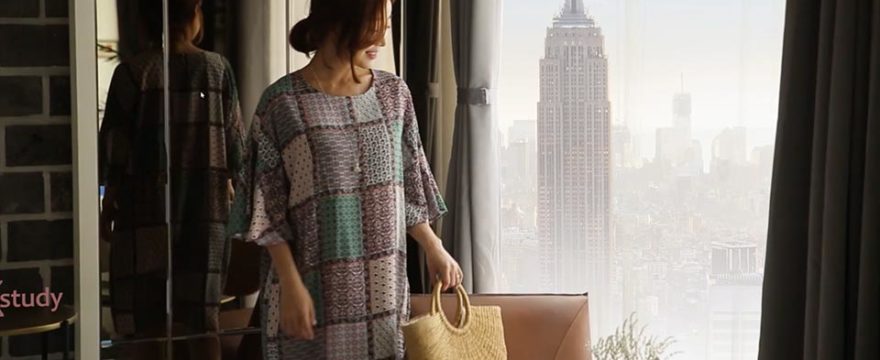Replacing a window is a very common type of set extensions. It allows you to convert your budget hotel room into that New York City apartment. All you need is a photograph of a few skyscrapers to composite into the scene.
Tracking and masking are the two challenges on this task. This tutorial example has a moving and rotating camera. Even so, a simple point tracker in Fusion can get a convincing match moving result. Then you can scale the picture to fake some parallax movement between foreground and background.



Great tute. Having troubles in Fusion Studio 9. When I apply the Connect to Tracker1->unsteady position of the centre of the polygon. The polygon is offset. Can not figure why this is happening?
Advice will be greatly appreciated.
First, are you connecting to the unsteady position of the tracker tool or are you connecting to the point tracker1? The first option should be fine if your mask was in the right place at frame 0. Also the frame size of the mask and of the tracker input needs to match. Mask is determined automatically by the tool you connect it to. Ok so there are a few things that can go wrong – either way: going to frame 0 and moving the mask into the right place should fix it.
many geeting for jour great job – Giuseppe
The link for downloading material for the lesson doesn’t work, I would really like to work out .. ((a very useful lesson!
Are you sure? I tried just now and the zip file came just fine. Could you try again and let me know? Anyone else having the same issue?
This is an excellent tutorial! I have watched it before on your YT- channel, but it is good to repeat because there are many different things to learn from it.
One question: When you connect different nodes to the Tracker, when do you choose “Connect to”, and when to go for “Modify with”?
Connect to is to directly connect a parameter to an existing published path. So if I tracked before, the tracker path is already published by default and can be accessed by other tools this way. The modify with creates a modifier in the modifier tab of the tool where you create it. There is a tracker modifier as well and you can use it to track from there. It creates a new 1 point tracker that gets directly linked to the parameter that you are modifying with it. So the concept is slightly different but for single point tracking it can lead to the same result.